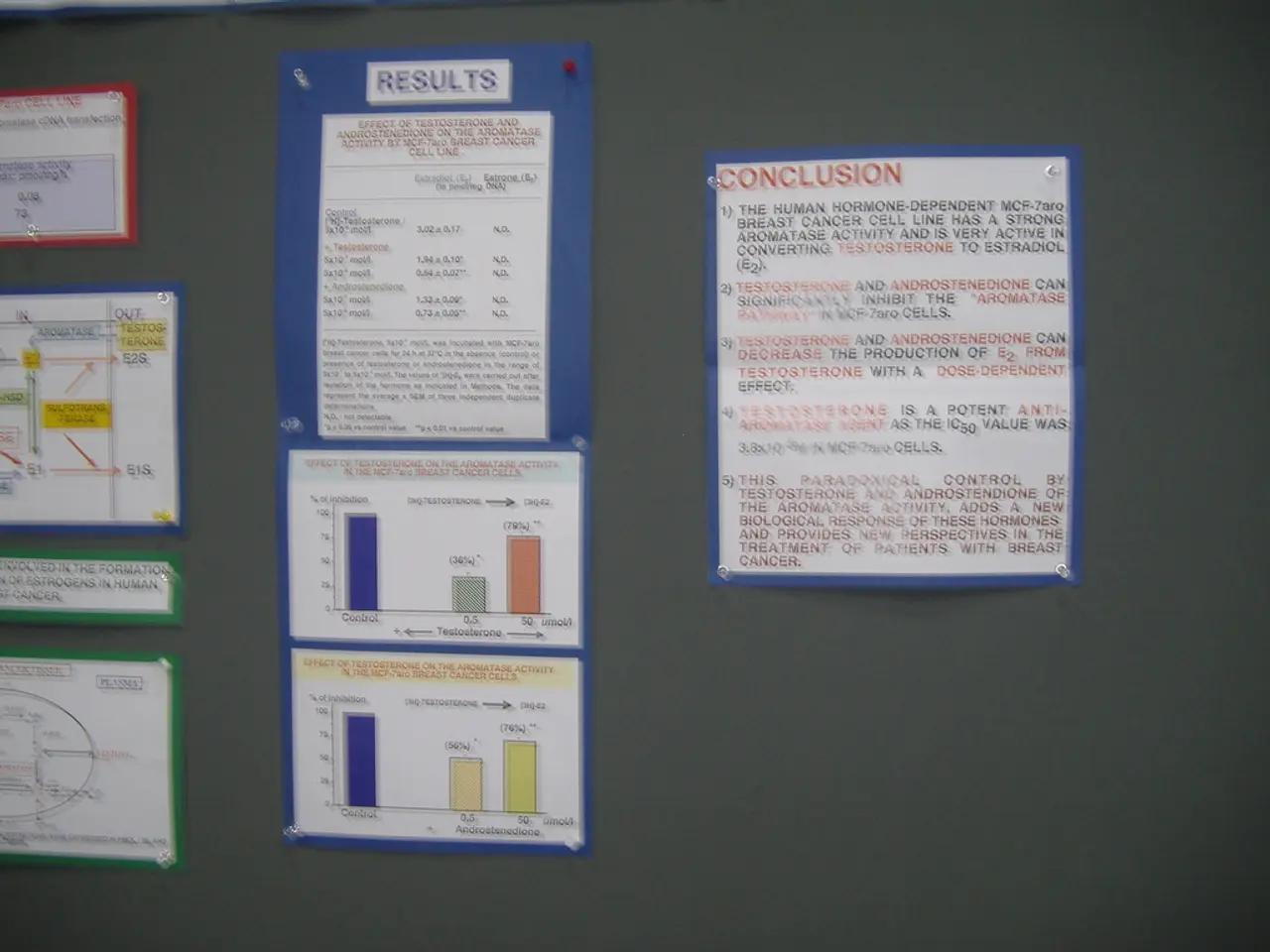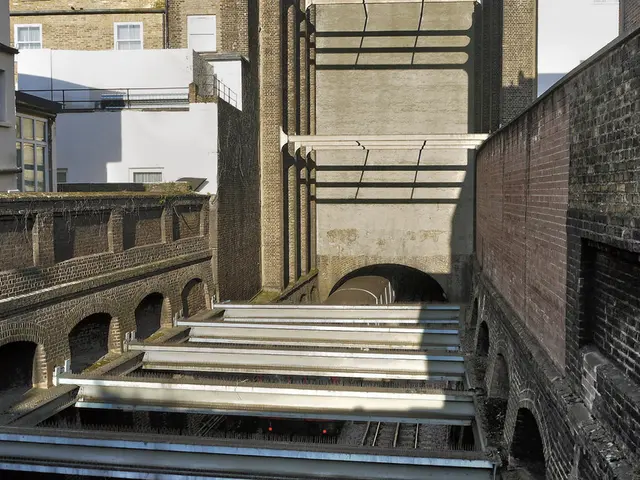Enhanced Salary Structure: The Explanation of the Fitment Factor in the 8th Pay Commission for Your Benefit
India's 8th Central Pay Commission Predicts Wide Range for Fitment Factor
The Government of India, under Prime Minister Modi, is currently forming the 8th Central Pay Commission (CPC), which is expected to determine the salary revisions for approximately 50 lakh central government employees and about 65 lakh pensioners.
Several credible sources have converged on a predicted fitment factor range for the 8th CPC, which is approximately between 1.83 and 2.86. This factor is a multiplier applied to an employee's current basic pay to determine the revised basic salary under the new pay structure.
Estimates suggest that the fitment factor might lie between 1.83 and 2.46, or extend up to 2.86, according to government expert consultations and media reports. Ambitious discussions have even mentioned a fitment factor as high as 3.68, but this appears less widely accepted at this stage. For context, the 7th Pay Commission had a fitment factor of 2.57.
A higher fitment factor means a proportionally higher increase in basic pay for central government employees and pensioners. For example, if an employee’s current basic pay is Rs. 20,000:
- At a fitment factor of 1.92, the new pay would be Rs. 38,400
- At 2.5, it would be Rs. 50,000
- At 2.86, Rs. 57,200
Expected salary hikes are tentatively in the range of 30% to 34%, depending on the final fitment factor decided.
The Dearness Allowance (DA), currently at 55% of basic pay, is expected to be reset to zero when the 8th CPC implementation occurs. This affects the effective increase in total salary since the DA component will restart from zero, partially offsetting the basic pay increase.
Pension calculations and other allowances linked to basic pay will also rise proportionally due to the higher fitment factor, affecting pensions for existing retirees and newly retired employees.
The projections show how salary and allowances might increase under different fitment factors. The final decision on the fitment factor and pay revision will depend on the 8th CPC's recommendations and government approval. The 8th CPC is expected to submit its report soon, and the government will then make a decision on the final fitment factor and pay revisions.
Summary:
| Aspect | Details | |-------------------------------|------------------------------------------------------| | Fitment factor predicted range | 1.83 to 2.86 (with some mention of up to 3.68) | | 7th CPC fitment factor | 2.57 | | Estimated salary hike | 30% to 34% | | Effect on basic pay | Basic pay multiplied by fitment factor | | Effect on Dearness Allowance (DA) | DA reset to zero on implementation, then grows anew | | Impact on pensions and allowances | Pensions and other allowances calculated on revised basic pay |
In addition, Transport Allowance (TA) varies from Rs 3,600 to Rs 7,200 depending on the level. House Rent Allowance (HRA) for X-class cities is 24 percent of basic pay.
Key ministries like the Ministry of Home Affairs, Ministry of Defence, Department of Personnel and Training, and various state governments are being consulted in this process. These projections give employees a rough idea of what to expect under different fitment factors. The revised pay structure is expected to be implemented from January 1, 2026.
a) The expected salary hikes for central government employees and pensioners under the new pay structure could significantly impact their financial situation, as the fitment factor, which determines the increase in basic pay, is predicted to range from approximately 1.83 to 2.86.
b) Higher or lower fitment factors may have varying effects on health, as a higher fitment factor leading to a larger salary increase might enhance the employees' and pensioners' ability to afford better health facilities and services, while a lower fitment factor could potentially make health care less accessible.





